Exploring Marco Polo’s Journey in Iran: A Look at Soltanieh and Mongol Influence
2: Soltanieh
The second stop in Marco Polo’s Journey in Iran is Soltanieh.
At this time, we are moving towards the east. On the left, we see the Gorigol lake, which is filled with beautiful birds. Centuries later, the Ramsar Convention formally recognized Qorigol as an international wetland. After passing through the biological diversity of the wetland, we reach a small village called Turkmenchay. In 1827, a peace treaty was signed between Iran and Russia, resulting in a two-year conflict. This path contains historical events from the past, future, and layers of time, making the journey exciting. From ancient times, Mianeh has been an important place along this route of caravans, before we reach the largest river in northern Iran, Ghazal Ozen. This place was later referred to as the Sefid River, which flows into the Caspian Sea.
The Mongols referred to the portion of it that flows from Manjil to the Caspian Sea as Hulan Mulan, which means the Red River. The Mongols came to Qhezel-Ozen Valley because it played an essential role in the birth of Iranian culture and civilization, and this river was renamed Mulan in honor of the brave character in Chinese mythology. We traverse an ancient bridge that, despite its skeletal foundation dating back to the 13th century, will undergo reconstruction by Shah Abbas Safavi and be completed in the 18th century. After passing through a beautiful path between the hills and valleys and the Qhezel-Ozen Road, the path goes up and the valley narrows, but we move towards the destination with a determined and strong Marco.
When we are in Zanjan, it is quite obvious that it was destroyed by the Mongols. We continue to observe Kungurulang, also known as Soltanieh, which is surrounded by exquisite willow trees. Soltanieh will later become the empire’s capital under Oljaitu, and even an archbishop will live there. In this place, near the mountains, there is the green dome of Oljaitus tomb, which is one of the best works of architecture in post-Islamic Iran. It is one of the best works of architecture in post-Islamic Iran.
We go to Abhar to complete the task according to the plan. At this point, according to the mission of the Polos, we met Ghazan to deliver the beautiful princess, Kukachin, from the family of Queen Buggatti. The Polo brothers were asked to take the Mongol prince from the Yuan dynasty. He intended for Arghun, but Arghun had died, so they had to deliver the prince to Ghazan. The queen of Iran, Bol Gana, was one of the women of Qaan’s court who was presented to the king of Iran to enhance the ties between the governments. And she was known as Bolghan Khaton. Upon the passing of Arghun, his urn was transported to Sojas situated in the southwest of Soltanieh, which commands a magnificent view of the village of Arqin or Arghun, a probable burial site for Arghun. Later, his daughter Aljai Khatun built a monastery there. Following the demise of Bol Gana, three individuals hailing from Iran arrived in China and requested a bride from the same family for the king of Iran.
Ava Tabatabaei
Content Manager
Gate of Nations GmbH


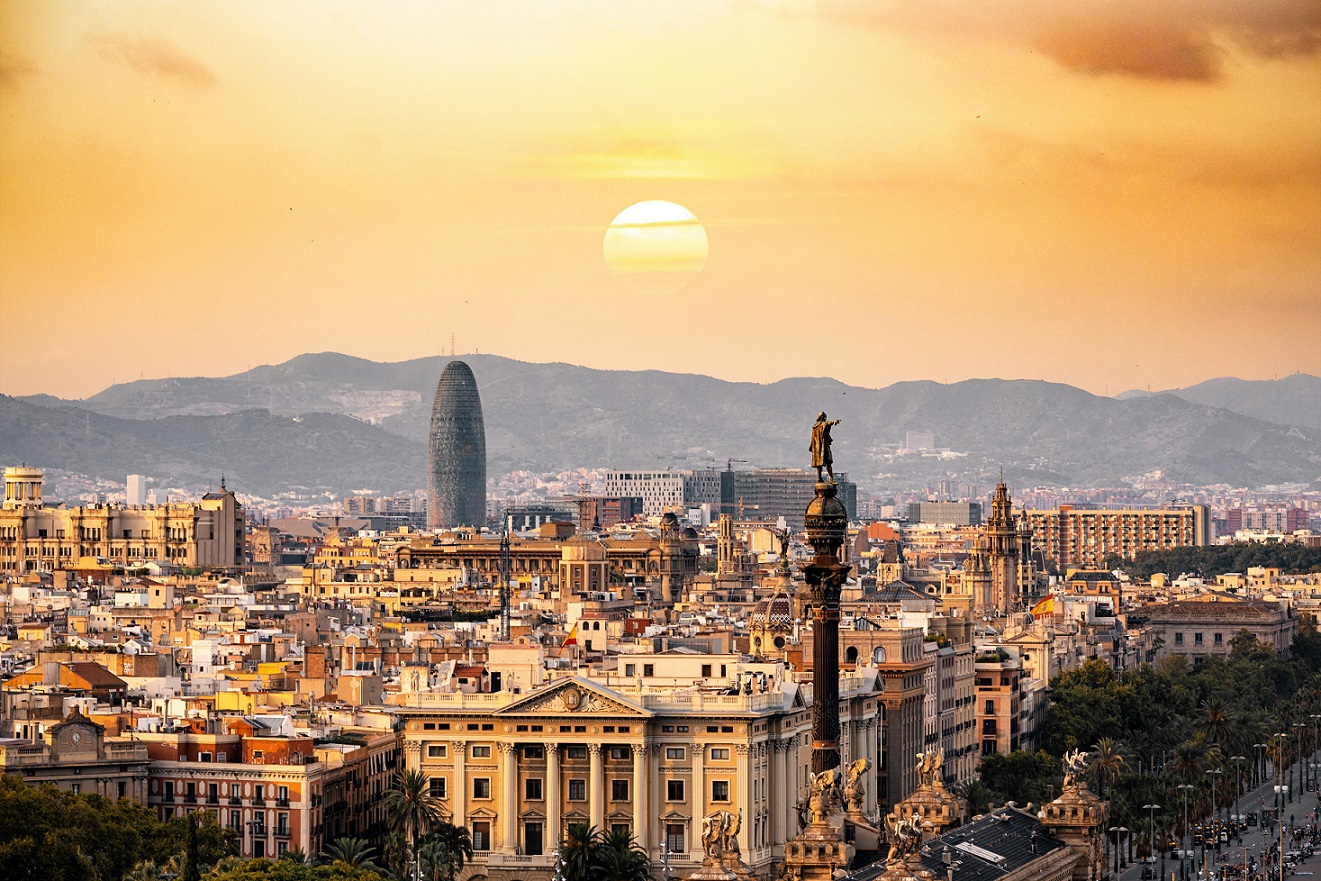

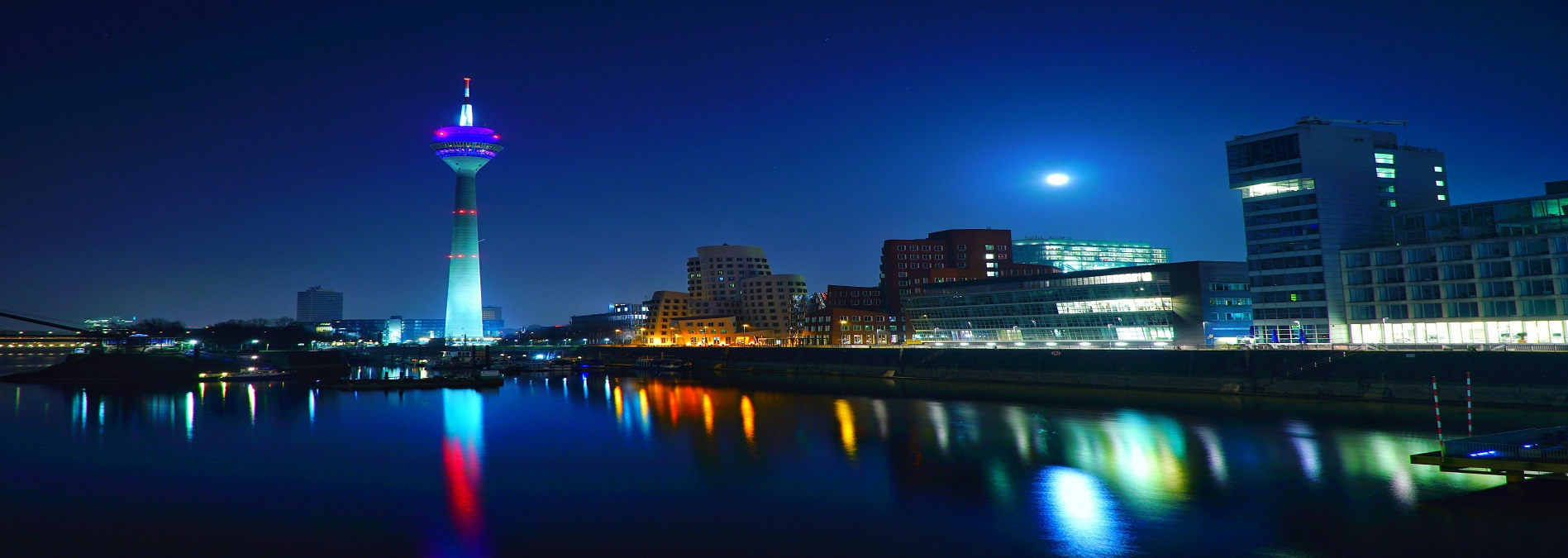
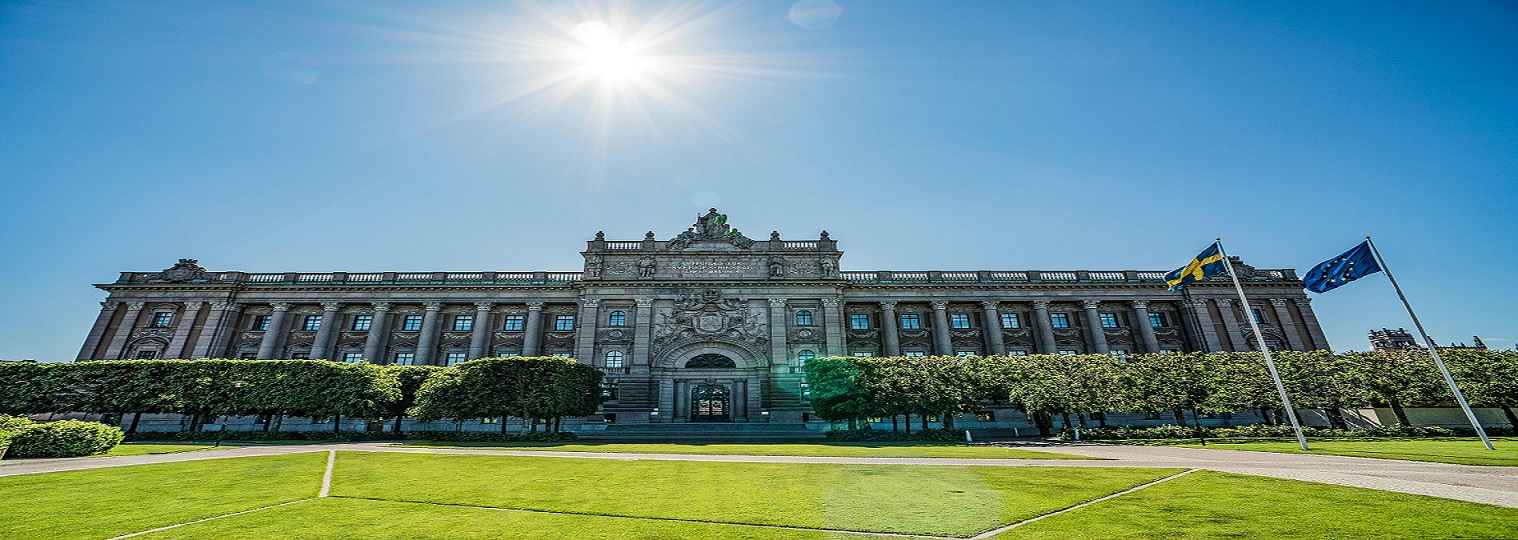



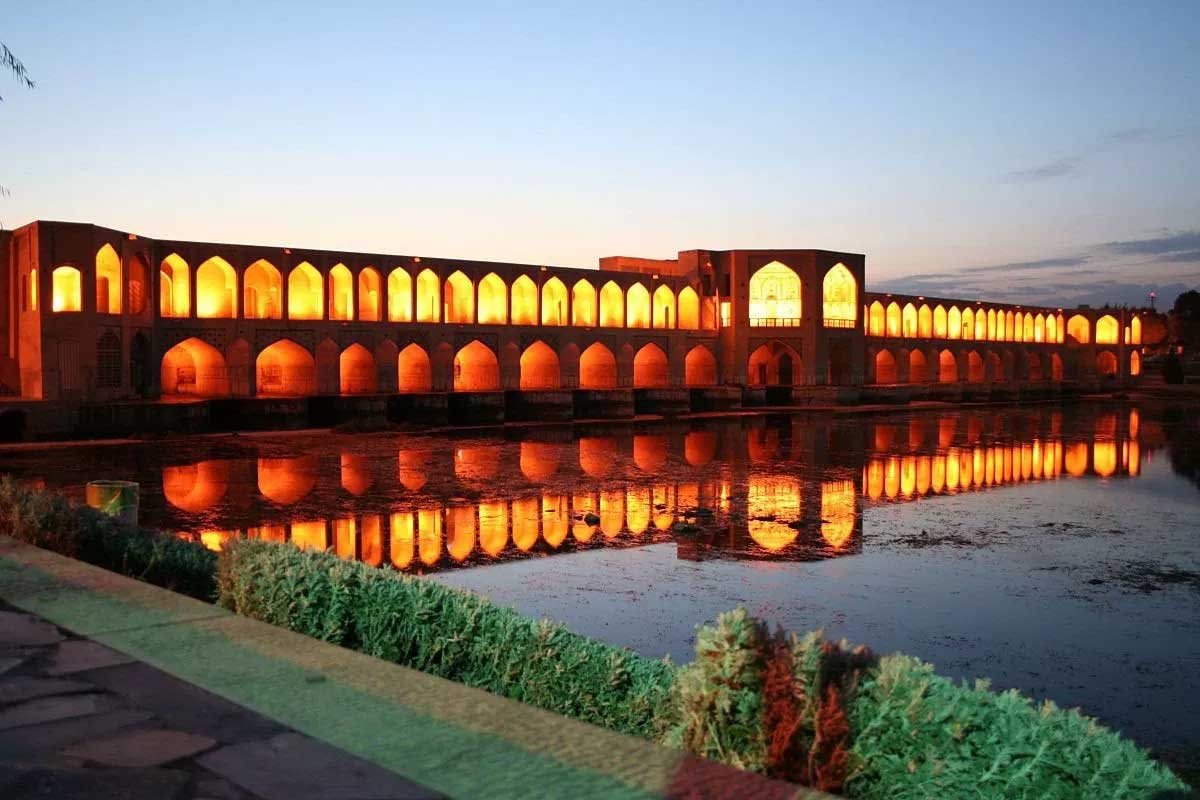
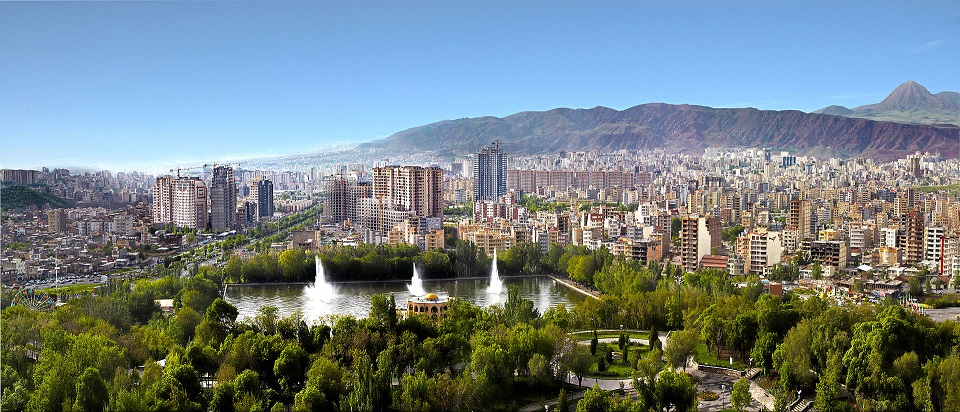
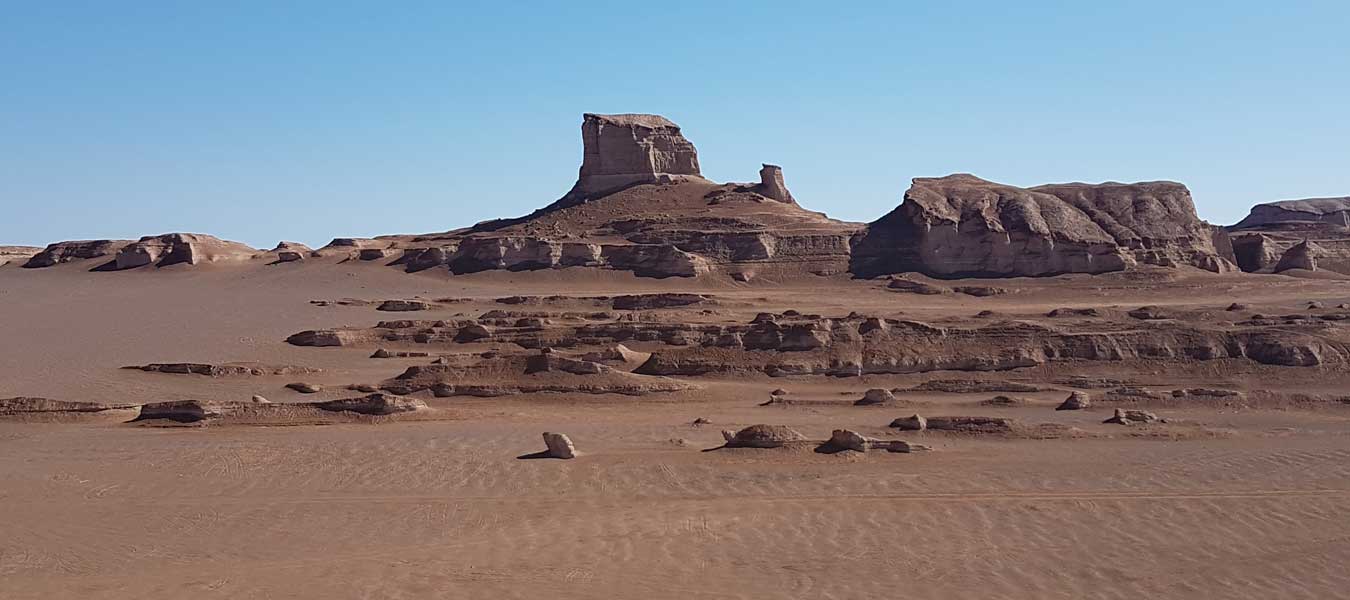

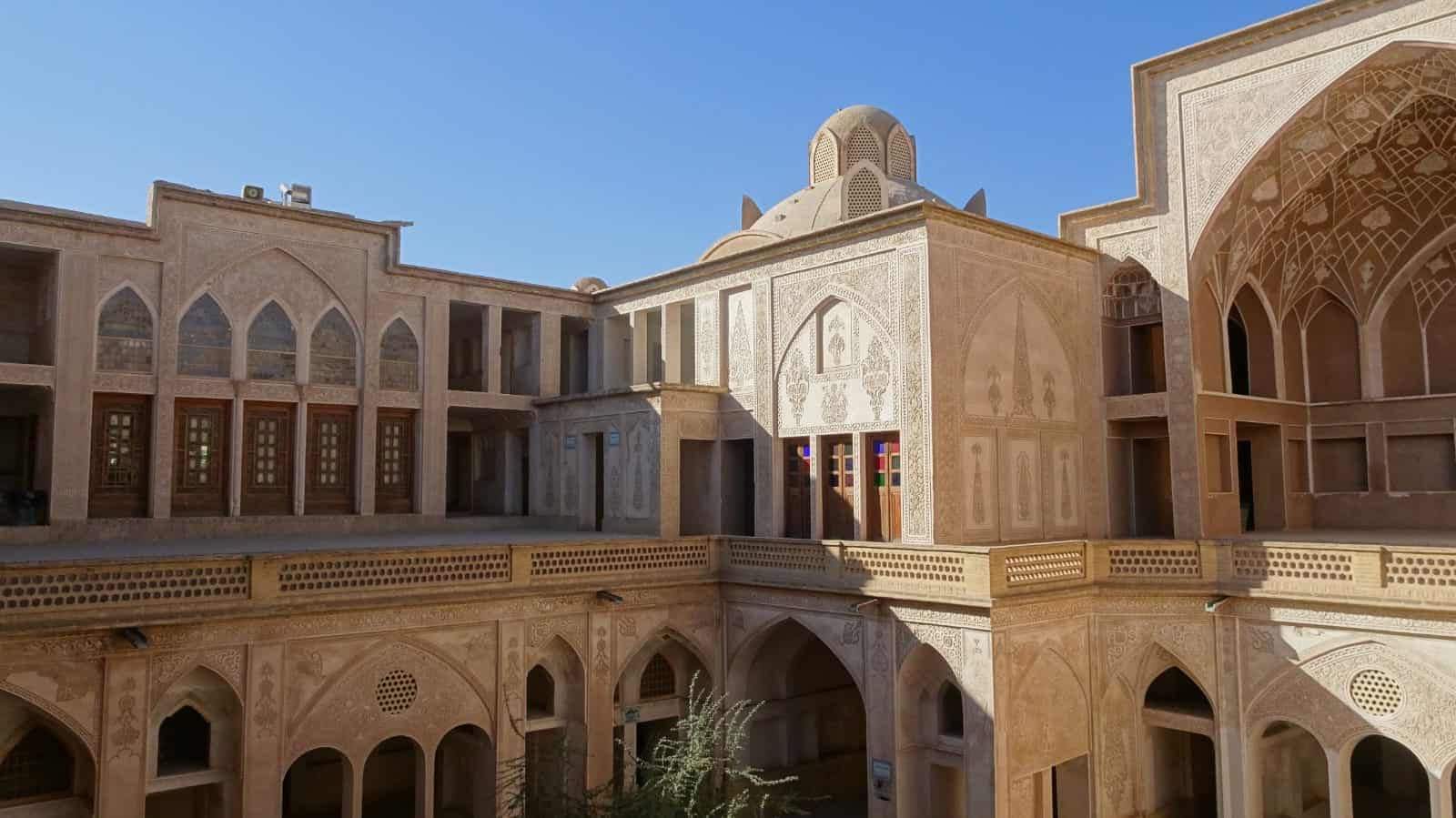
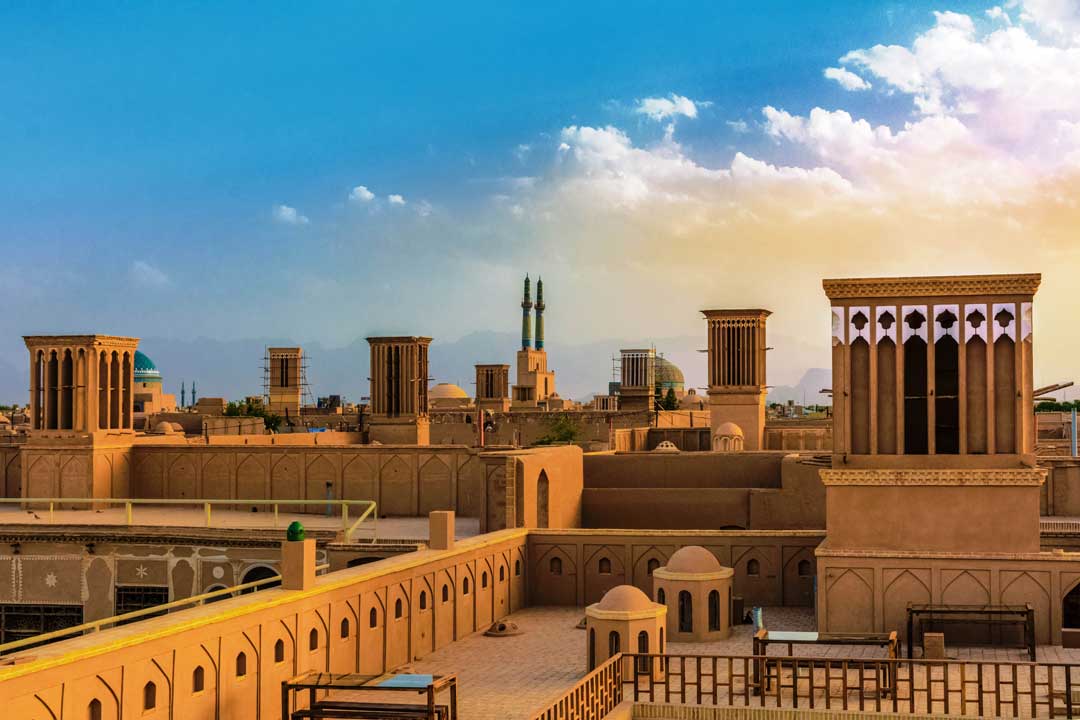
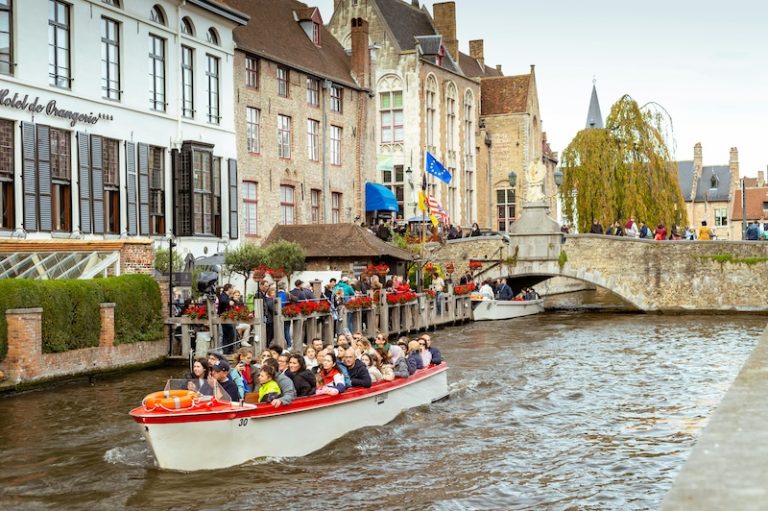
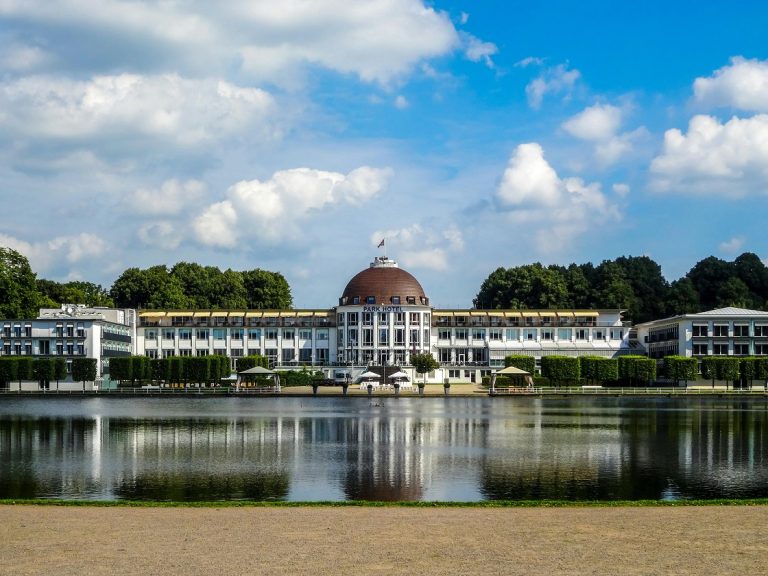
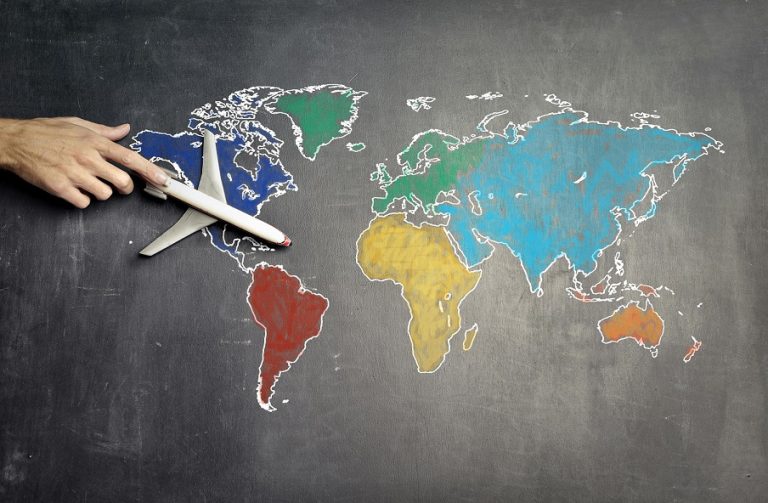
Leave a reply